Varicose Veins Symptoms
Normal Vein Anatomy
There are two systems of veins in your legs: deep veins and superficial veins. The deep veins are beneath the muscle. The superficial veins are above the muscles. The veins have one-way valves which, when functioning properly, allow the blood to flow from the foot and calf up the leg and from superficial veins into the deep ones. Eighty percent of varicose vein problems arise from the Greater Saphenous Vein.
Venous Reflect and Venous Insufficiency
We use the term venous reflux to describe when blood flows in two directions, instead of one as outlined above. Venous reflux is caused by abnormal venous valves. When you have venous reflux, blood tends to stagnate in the lower legs. This is called venous insufficiency. Venous insufficiency is a recognized medical diagnosis and treatment is usually covered by insurance.
In order to treat the varicose veins effectively, the greater saphenous vein must be treated first if it is abnormal. If we just removed the varicose veins, without treating the underlying problem, then varicose veins would form.

Varicose Veins Symptoms
Veins can appear either bulging or rope-like, or small and thread-like (often called “spider veins”). The veins in your body work to circulate blood from your extremities to your heart and back out again.
Like a water pump, they use one-way valves and muscle contractions to push the blood against gravity. At times, the vein wall becomes weak and/or the valves stop working correctly. This results in blood filling the vein, preventing normal flow. This causes the veins to distend and bulge. The main cause of varicose veins is heredity. Many patients who have this condition have a history of it in the family. Other causes include pregnancy, hormone replacement therapy, birth control pills, prolonged standing or sitting, obesity, and increasing age.
Twisted Rope Veins or "Varicosities"
Varicosities are those large varicose veins resembling ropes that twist up and down the course of the leg or behind the knee. These types of varicose veins often bulge out and become the most unsightly, and often most painful. They can be prone to blood clots and other long-term complications.
Small Dark Blue Veins or "Spider Veins"
Spider veins are especially common and bothersome to women from a cosmetic point of view. They are dark blue little veins that run up and down the legs resembling lines on a road map. They can fan out along the outside of the thigh or inside the lower leg, around the ankles or behind the knees. Sometimes they are grouped in little starburst patterns. Luckily, spider veins are among the easiest to eliminate.
Deep Dark Veins or "Reticular Veins"
Reticular veins are deeper, darker veins that form bluish networks across the thighs and lower legs. While spider veins are often harmless, reticular veins are usually the source of spider veins and can cause pain. Treating failing reticular veins can prevent new spider veins from developing.

